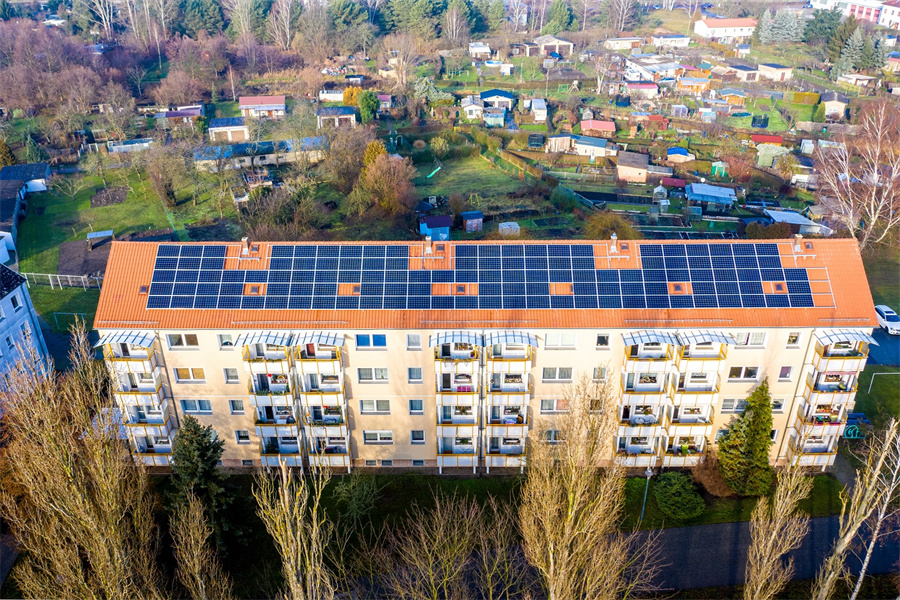Salt and solar complementary photovoltaic hydrogen production: China's solar energy utilization continues to innovate
time:2023-07-25 09:30:44 Views:0 author:Jinan Freakin Power Ltd.
The world's largest single "salt-solar complementary" project has been connected to the grid for power generation. According to its operator, the power generation capacity can meet the electricity needs of millions of households.
The state-owned China Huadian Group said Huadian's Tianjin Haijing Power Station had recently been formally connected to the grid for power generation, the report said.
The project consists of gigantic solar panels erected over an area of more than 13 square kilometers in the Changlu saltworks. Changlu Salt Field is one of the oldest coastal salt fields in China.
According to reports, this "salt-light complementary" system can generate electricity and sun-dry salt. The double-sided solar panels absorb both direct sunlight from above and sunlight reflected from the water below.
China Huadian said the plant has an installed capacity of 1 gigawatt and will generate 1.5 billion kilowatt-hours of electricity per year.
The clean electricity generated by the project will help reduce carbon emissions without impacting the saltworks' environment, the company said.
According to media reports, the location of the photovoltaic panels here can achieve the effect of high-efficiency light energy conversion and the effect of drying salt on the water surface.
In addition, the salt fields can also be used to raise shrimp and carry out aquaculture in cooperation with photovoltaic projects, the report said. The person in charge of the project said that this is a new composite industrial model of "salt and light complementarity" that simultaneously realizes photovoltaic power generation on water, brine production by surface evaporation on water surface, and underwater aquaculture.
Media reports said a shrimp farm in Binzhou, Shandong Province, had a bumper harvest after setting up a solar project. This is because photovoltaic panels can shade and cool down the shrimp pond.
Jiang Yi, chairman of China Huadian, said the company's installed capacity had exceeded 200 gigawatts, the report said. It is said that the company is speeding up The construction of national new energy large base projects, including a photovoltaic hydrogen production project.
China's National Energy Administration previously predicted that by the end of 2023, the country's installed solar power capacity will reach 490 gigawatts.
According to a report on July 9 on the website of the German "Capital" monthly magazine, China is pinning its hopes on "green hydrogen" - which means that it is produced using primary energy that does not emit carbon dioxide. In Xinjiang, a plant using solar energy to produce hydrogen has been put into operation, with a production capacity of 20,000 tons per year.
According to reports, this is a project under Sinopec, with an investment of nearly 3 billion yuan. The company, China's largest oil refiner, has for some time shifted to producing hydrogen, a climate-friendly fuel. In recent years, Sinopec has produced and utilized about 4.5 million tons of hydrogen per year.
With an annual output of about 33 million tons of hydrogen, China is the world's largest producer and consumer of hydrogen.
According to reports, in the field of freight transportation, hydrogen energy is considered to play an important role. Not long ago, China's hydrogen-powered locomotive was unveiled. Since there is no need to electrify the track facilities like electric locomotives, the construction cost of hydrogen energy rail transit is lower.





